Since Doi Moi (1986), after a short period of adjustment and macroeconomic stabilization, Vietnam's economy has entered a development trajectory since the early 1990s. From then until 2024, Vietnam's economy will grow by 6.5% on average, population will increase by 1.5% and per capita income will increase by 5%.
With this achievement, Vietnam became a lower middle-income country around 2010 and is now moving towards upper middle-income status.
To escape the middle-income trap, continue to grow and achieve the goal of becoming a high-income country by 2045, it is necessary to continuously increase productivity. Changing the current economic structure, finding out the nature of this structure and having appropriate policies will easily increase productivity. On the other hand, to shift the industrial structure to a higher level, it is necessary to invest heavily in science and technology and train high-quality human resources.
Currently, there are two groups of problems that cause low labor productivity, limiting Vietnam's development achievements in recent times, which are industrial structure and enterprise structure. However, this is also a place to easily increase productivity if there are appropriate policies.
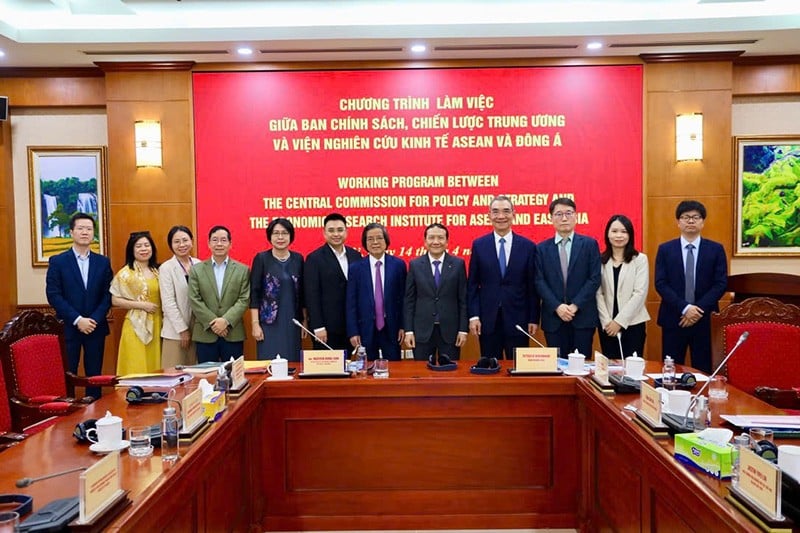 |
| Author, Professor Tran Van Tho (6th, from right) during a meeting between the Central Policy and Strategy Committee and the ASEAN and East Asia Economic Research Institute. (Photo: Investment Newspaper) |
Promote industrialization and industrial restructuring
The experience of East Asian countries shows two points. First, industrialization must be carried out at a high level during the golden population period. Second, industry is the locomotive of development during the period when the economy of a later country catches up with the earlier countries.
However, in the case of Vietnam, the golden population period (1980-2032) is almost over, but the industrial sector's value added ratio in GDP is still low, and the processing and manufacturing industry has not yet played a dynamic role.
First, industrialization is still at a low level.
After the renovation, industrialization has progressed a step, the processing and manufacturing sector has increasingly accounted for a high proportion of GDP and employment. However, compared to the experience of East Asian countries, Vietnam's industrial sector has not shown strong development. In the case of successfully developed countries, the industrial sector often accounts for over 30% of GDP in the first half of the golden population period and tends to decrease in the second half when the economy shifts to the post-industrial stage. But in the case of Vietnam, more than 4/5 of the golden population period has passed, but the proportion of the industrial sector in GDP is much smaller than that of Asian countries in the same period (Figure 1).
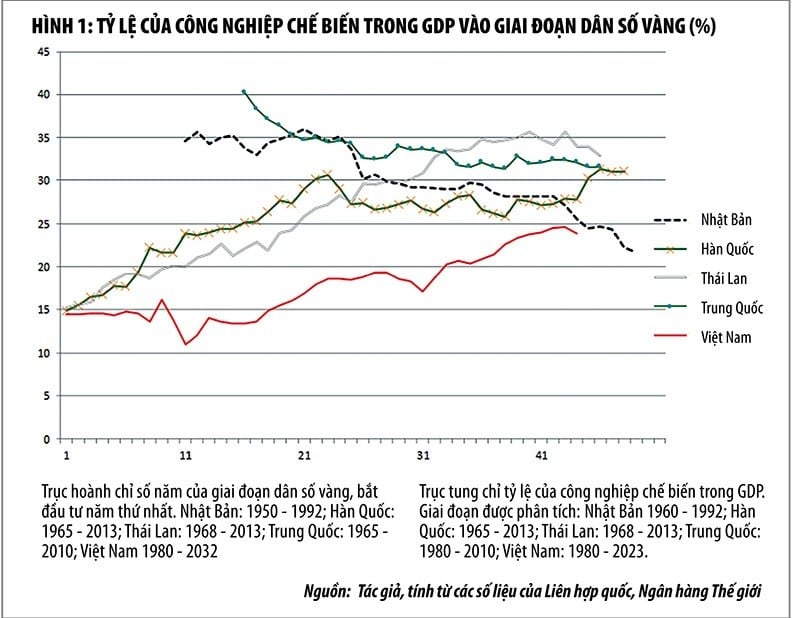 |
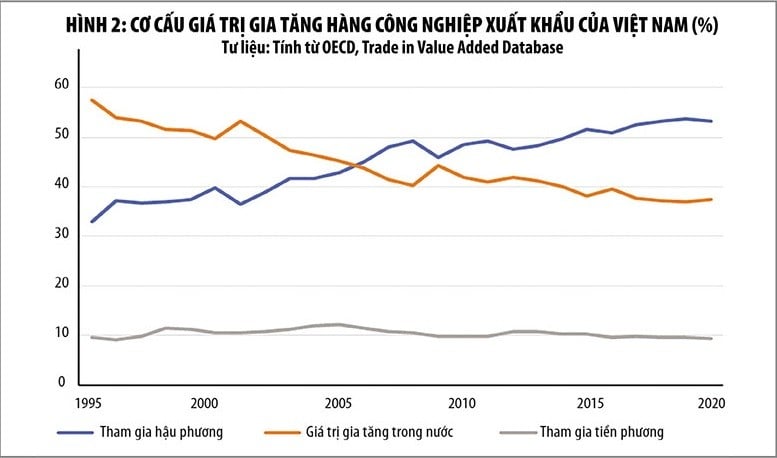 |
Second, Vietnam's industrialization is thin and shallow. Although it is increasingly participating in the global value chain (GVC), it is still in the position of a simple processing and assembly factory.
The value-added structure of Vietnam's industrial exports (Figure 2) shows that backward participation is the proportion of import value-added in the total value-added of industrial exports. This proportion has increased continuously, from 32% in 1995 to about 52% in 2020. Meanwhile, the proportion of domestic value-added has decreased continuously from 58% in 1995 to about 38% in 2020.
On the other hand, forward participation - the proportion of domestic value added that becomes input to importing countries - was low and remained unchanged during this period.
Thus, the more industrialization progresses, the more Vietnam depends on the import of intermediate products, such as components and primary products. In addition, this structure also causes instability in foreign relations. Most of the processed and assembled products are for export, the largest market being the US. The input of the assembled and processed products depends heavily on China. The US's high tax policy has also become a factor for Vietnam to change its current industrialization structure.
To solve the above two situations, it is necessary to carry out industrialization in both breadth and depth.
In terms of breadth, create a favorable legal and administrative environment for businesses to actively invest in new areas. The State should focus on supporting the development of the food processing industry, the automobile industry and the semiconductor industry. The semiconductor industry is being focused on and planned for development by the State, so here we will only discuss the food processing and automobile industries.
We have the impression that Vietnam is strong in agriculture, but in fact, the food industry is still very weak. In the world market, in 2023, Vietnam was the third largest exporter of rice, the second largest exporter of coffee, and the first largest exporter of cashew nuts and pepper. But in terms of food in general, Vietnam is a country with a trade deficit.
Countries that are successful in economic development all focus on agricultural development, especially combining agriculture with industrialization, processing agricultural products into industrial food products, especially export products.
By 2023, the 10 countries exporting the most agricultural and food products will be mostly developed countries, with the US in the lead (about 170 billion USD) and Belgium in the 10th place (about 50 billion USD). Vietnam's agricultural exports are only one-third of Belgium's and rank 4th among ASEAN countries.
Obviously, Vietnam has not yet exploited the strengths of its agricultural and aquatic resources, and has not yet combined agriculture and aquatic products with industry. This also means that there is a lot of room for expanding industrialization from agriculture and aquatic products.
In the development stage from middle income to high income, there must be many large enterprises to be successful. In this stage, investment projects are getting bigger, the need to research and apply new technology is increasing with high risks that only large enterprises can withstand. |
It is necessary to review existing plans such as large-scale agricultural production and high-quality agriculture, while promoting investment (including calling for FDI and encouraging large enterprises to participate) in food supply chains. The demand for high-quality food in the world market is and will increase rapidly. Vietnam should strongly develop the food industry to compete in the world market.
Developing the food industry will promote agricultural transformation towards modernization, diversification, linking production with the world market, bringing agriculture into the global food value chain. This strategy also promotes industrialization in the direction of expansion.
Regarding the automobile industry, this is a high-end industrial product with an increasingly large domestic and international market. The production process has the potential to spread to many other industries, attracting many highly skilled workers, so it is easy to increase productivity across the economy. Moreover, for Vietnam, this is an industry in which national enterprises are actively investing and innovating to create a national brand.
While many Vietnamese industries are developing thanks to FDI, and while the automobile industry in many ASEAN countries is led by foreign capital, if the automobile industry in Vietnam develops successfully thanks to the efforts of domestic enterprises, this is a bright spot in an economy aiming for high income.
The second problem of Vietnam's industrialization is to avoid the situation of assembling and processing with imported intermediate products, the cause of low productivity. In general, it is necessary to have a policy of deepening industrialization. Specifically, it is necessary to have a policy of developing supporting industries.
Supporting industry is very important for industrialization. In the book published nearly 20 years ago entitled East Asian Economic Fluctuations and Vietnam's Industrialization Path (National Political Publishing House, 2005), I considered supporting industry as a strategic breakthrough and made 6 recommendations for developing this industry. 20 years have passed, but many policies are still suitable for the current situation. This proves that supporting industry has hardly developed for a long time, so industrialization is still in the nature of assembly and processing. Now the state needs to pay attention to issuing policies and monitoring their implementation strongly.
Specifically, I propose the following policies:
First, the Government established a Special Committee for Supporting Industry Development. This committee is responsible for outlining specific policies and monitoring their implementation, periodically reporting to the leadership on the results.
Second, the Task Force will work immediately with representatives of large enterprises, including FDI, to develop a roadmap for supporting industry development, create a priority list of industries that need to be developed, and gradually expand this list.
Third, promulgate the Law on Development of Supporting Industries. This law is valid for about 5 years. Participating enterprises will receive support in terms of capital, taxes, etc. during that time, after which they must be self-reliant.
Fourth, combining policies on small and medium enterprises (SMEs) with the development of supporting industries. Calling on foreign companies, including foreign SMEs, to establish joint ventures with Vietnamese SMEs or large enterprises to participate in the development of supporting industries.
Private sector development
This is the second group of problems in the economic structure that makes Vietnam's productivity low. It is very gratifying that recently, Vietnam's leaders have seen the weakness and fragmentation of this sector and have made a determination to reform it.
This is the area that makes the overall social labor productivity increase slowly and the business scale becomes smaller. At that time, it is more difficult for businesses to participate in global supply chains.
To reform, the private economic sector should be divided into three groups and appropriate policies should be developed.
Regarding the group of large enterprises, create a mechanism for them to share with the state the long-term vision of the future economy, together with the state to carry out basic technology research projects, through tax policies to encourage them to invest more in research and development (R&D), technology transfer, and management knowledge in association with small and medium enterprises (SMEs).
Regarding the SME group, state management agencies as well as specialized SME banks need to have additional functions of consulting SMEs to improve investment projects, and have a certification system for SME consultants.
In addition, central management agencies need to have the function of investigating and researching markets and technologies, and new policies to provide SMEs with quarterly newsletters and issue annual SME White Books, helping SMEs update their knowledge about technology and markets.
Regarding the group of individuals and family units, commonly called informal groups, there should be measures to transform them into organized enterprises, into SMEs. They are small units, without human resources to carry out complicated and cumbersome procedures, so the State needs to simplify the documents and the officials in charge must patiently persuade and help them.
The Government should establish a Task Force for the conversion of individual units and elements in the informal sector into enterprises. This Task Force should set a target for the number of new enterprises to be established every 6 months and report to the Prime Minister.
Regarding enterprises in general, the policy's goal is to help large enterprises grow stronger, help SMEs develop into large enterprises and help micro-enterprises and individual units transform into SMEs.
In the stage of development from middle income to high income, there must be many large enterprises to be successful. In this stage, investment projects are getting bigger, the need to research and apply new technology is increasing with high risks that only large enterprises can withstand.
Promoting innovation and human resource development
In addition to policies on the two groups of issues mentioned above, to shift the economic structure upward, the State needs to pay attention to encouraging innovation, promoting research and development (R&D) activities, and providing high-quality human resources.
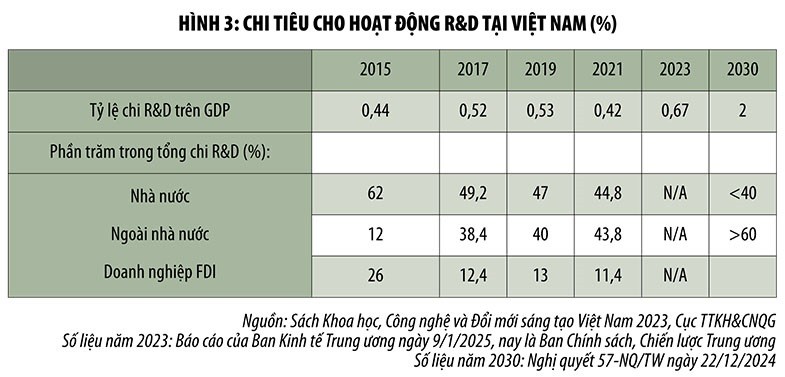 |
Currently, the ratio of R&D spending to GDP in Vietnam is very low (less than 0.7%). In Korea in the early 1980s - that is, in the high middle income stage like Vietnam today, this ratio was more than 1% and reached 2% in 1990. In the same high middle income stage, in China in 2010, the R&D/GDP ratio was nearly 2%.
Recently, the Vietnamese Government has planned to increase this rate to 2% by 2030. This is a necessary plan, but a big challenge when increasing from the current very small rate, in a short period of time, only 5-6 years left. To achieve this goal, it is necessary to promote the role of private enterprises through tax policies and organize joint research projects between the Government and enterprises.
Statistics show that private enterprises account for about 44% of total R&D spending. In Korea, the state played a dominant role until the early 1970s, but gradually the proportion shifted to private enterprises. By 1985, private enterprises accounted for 80% of the country's total R&D spending.
Regarding high-quality human resources, this is an urgent issue that needs to be resolved quickly. Many surveys on the opinions of FDI enterprises or domestic enterprises show that Vietnam continuously lacks skilled labor.
According to a recent survey by the Japan International Cooperation Agency (JICA) in 2020, the number of people with 9 years of education or less accounted for 61.2% of the total workforce; workers with post-secondary education accounted for only 15.2% and skilled and specialized workers accounted for only 23.6%. The 2022 survey by the World Bank (WB) also showed the gap between the skills of graduates and the skills required by the market. While businesses have difficulty finding workers with the necessary skills, the supply side only has unskilled workers or workers with inappropriate skills.
Therefore, increasing the supply of skilled labor to promote and shift industrialization is an urgent task.
Epilogue
In the coming time, the digital economy and artificial intelligence (AI) technology will have an impact on labor productivity and economic restructuring. The policies on innovation, R&D and training of high-quality human resources discussed above are related to these areas. However, to increase labor productivity rapidly, it is necessary to solve the fundamental problems of the current economic structure, promote industrialization in breadth and depth, reform the structure and improve the physical condition of enterprises.
With the above approach and policy proposals, labor productivity will increase rapidly and Vietnam will escape the middle-income trap, achieving the goal of becoming a prosperous country by 2045 and beyond.
According to Professor Tran Van Tho (Honorary Professor, Waseda University, Tokyo, Japan)/Investment Newspaper
https://baodautu.vn/con-duong-den-thinh-vuong-cua-viet-nam-nhin-tu-van-de-tang-nang-suat-d275030.html
Source: https://thoidai.com.vn/con-duong-den-thinh-vuong-cua-viet-nam-nhin-tu-van-de-tang-nang-suat-213198.html





![[Photo] President Luong Cuong presided over the welcoming ceremony and held talks with Sri Lankan President Anura Kumara Dissanayaka](https://vstatic.vietnam.vn/vietnam/resource/IMAGE/2025/5/5/bbb34e48c0194f2e81f59748df3f21c7)
![[Photo] President Luong Cuong and Sri Lankan President Anura Kumara Dissanayaka visit President Ho Chi Minh relic site](https://vstatic.vietnam.vn/vietnam/resource/IMAGE/2025/5/5/0ff75a6ffec545cf8f9538e2c1f7f87a)


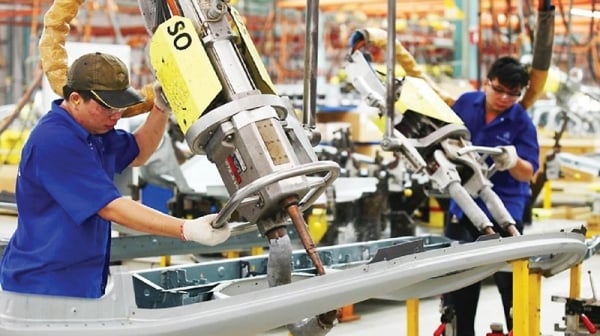


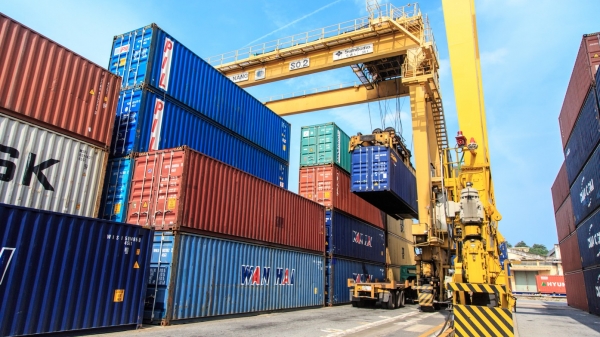









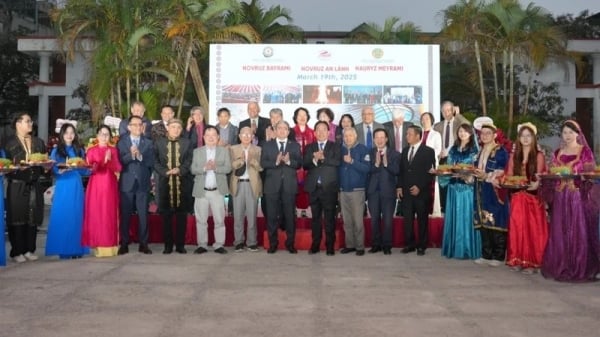
![[Photo] Solemn opening of the 9th Session, 15th National Assembly](https://vstatic.vietnam.vn/vietnam/resource/IMAGE/2025/5/5/ad3b9de4debc46efb4a0e04db0295ad8)



















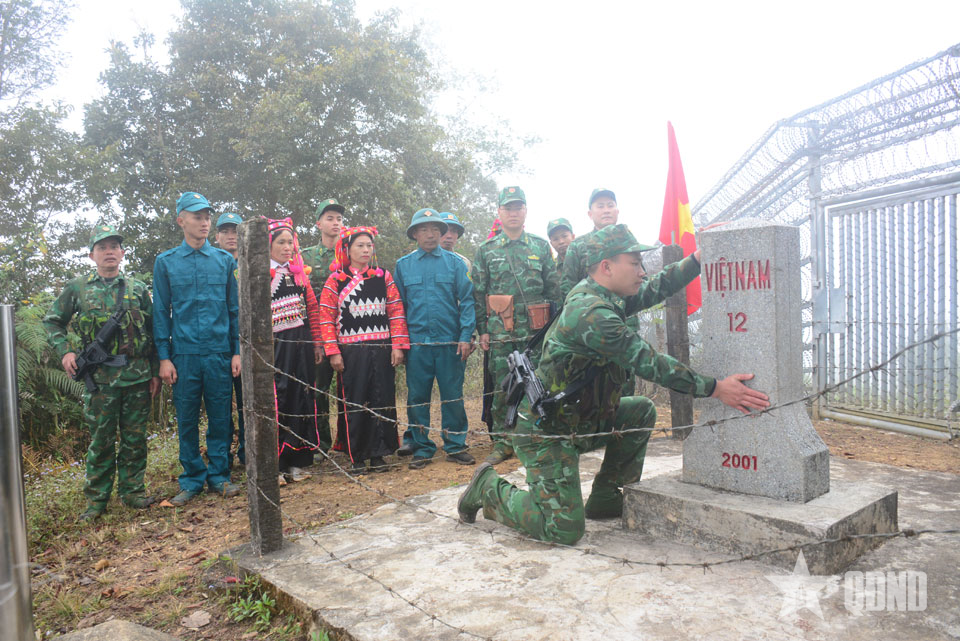
















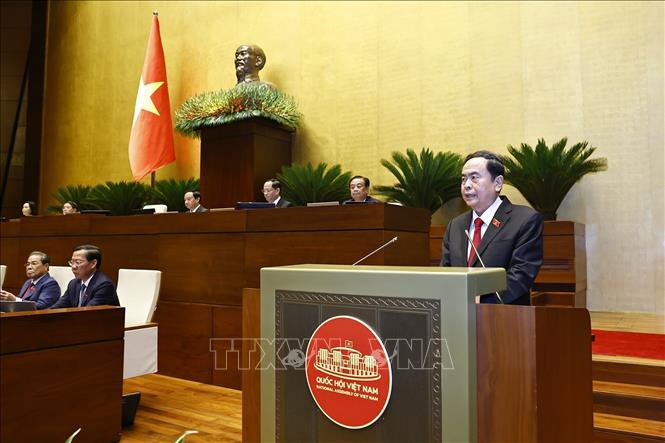






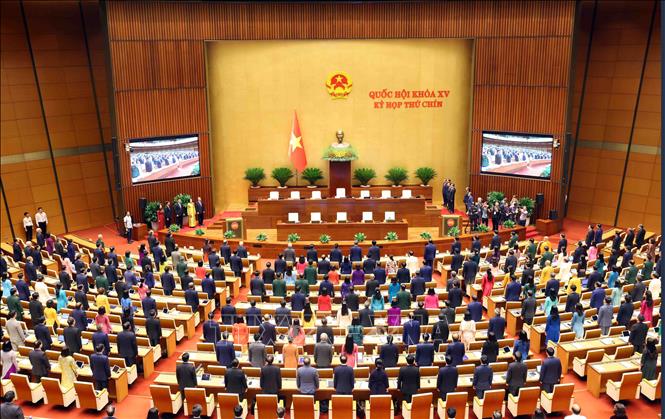








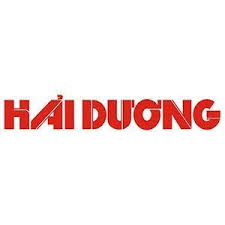


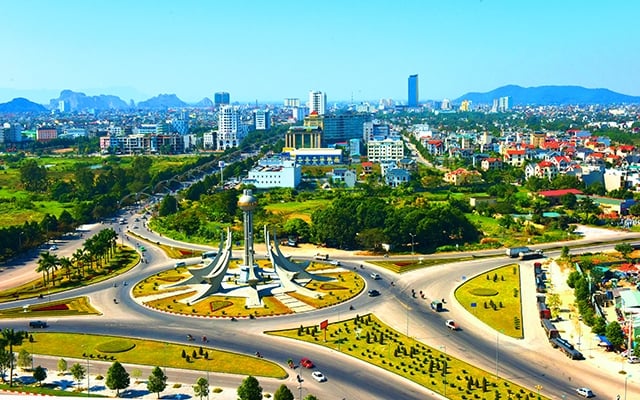






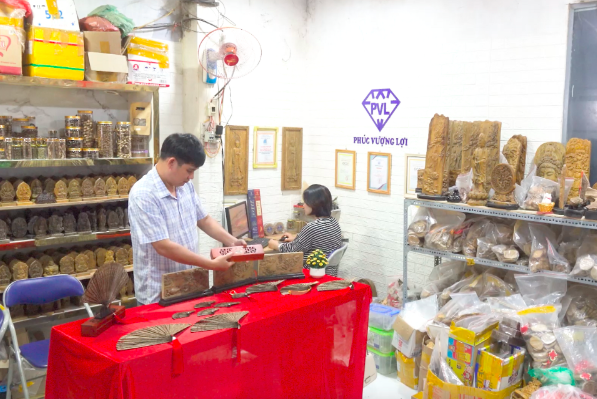



Comment (0)